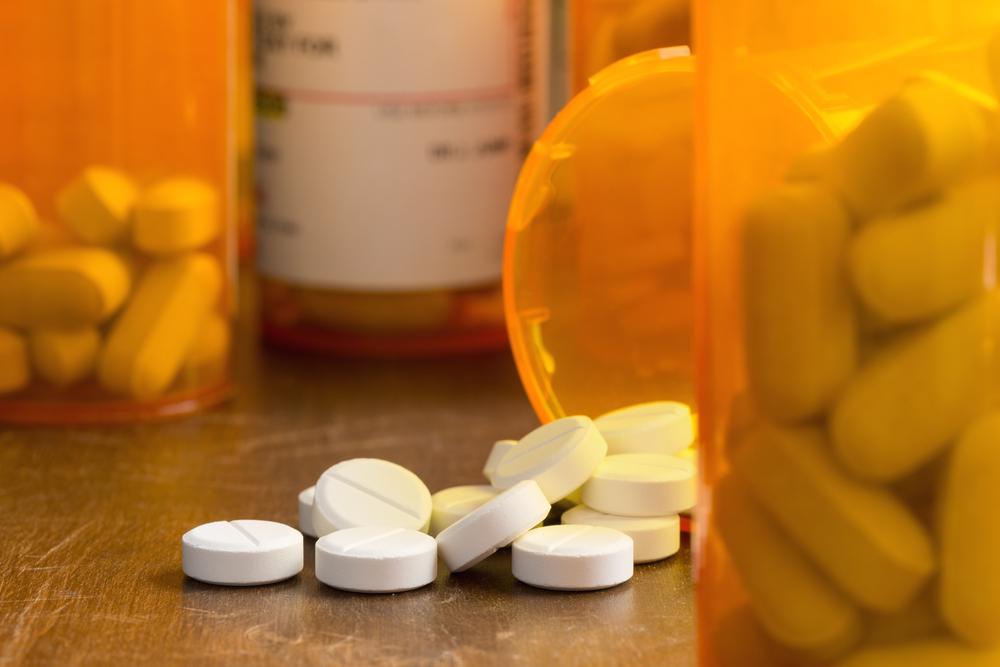Medications are one of our most powerful weapons against germs and diseases. But sometimes when people take medications, they can have an allergic reaction. That’s when a drug causes the body’s immune system to overreact. When that happens, they may not be able to use the drug again without risking more serious consequences.
Any drug can cause an allergy. But some are more likely to than others. Antibiotics and certain painkillers are among the more common ones. The antibiotic penicillin is the drug most often reported to cause allergic reactions. About 10% of people in the U.S. have a penicillin allergy listed in their medical records.





